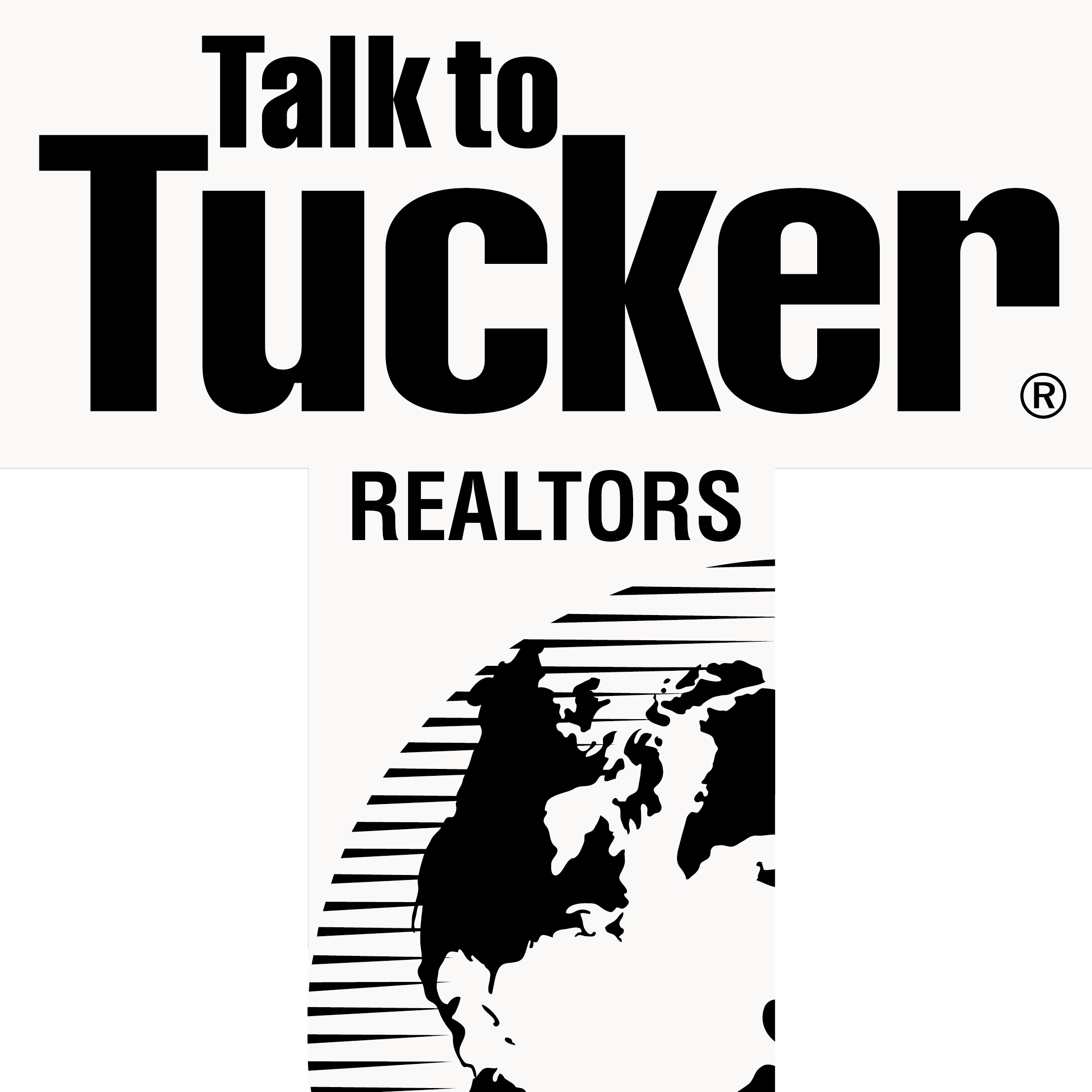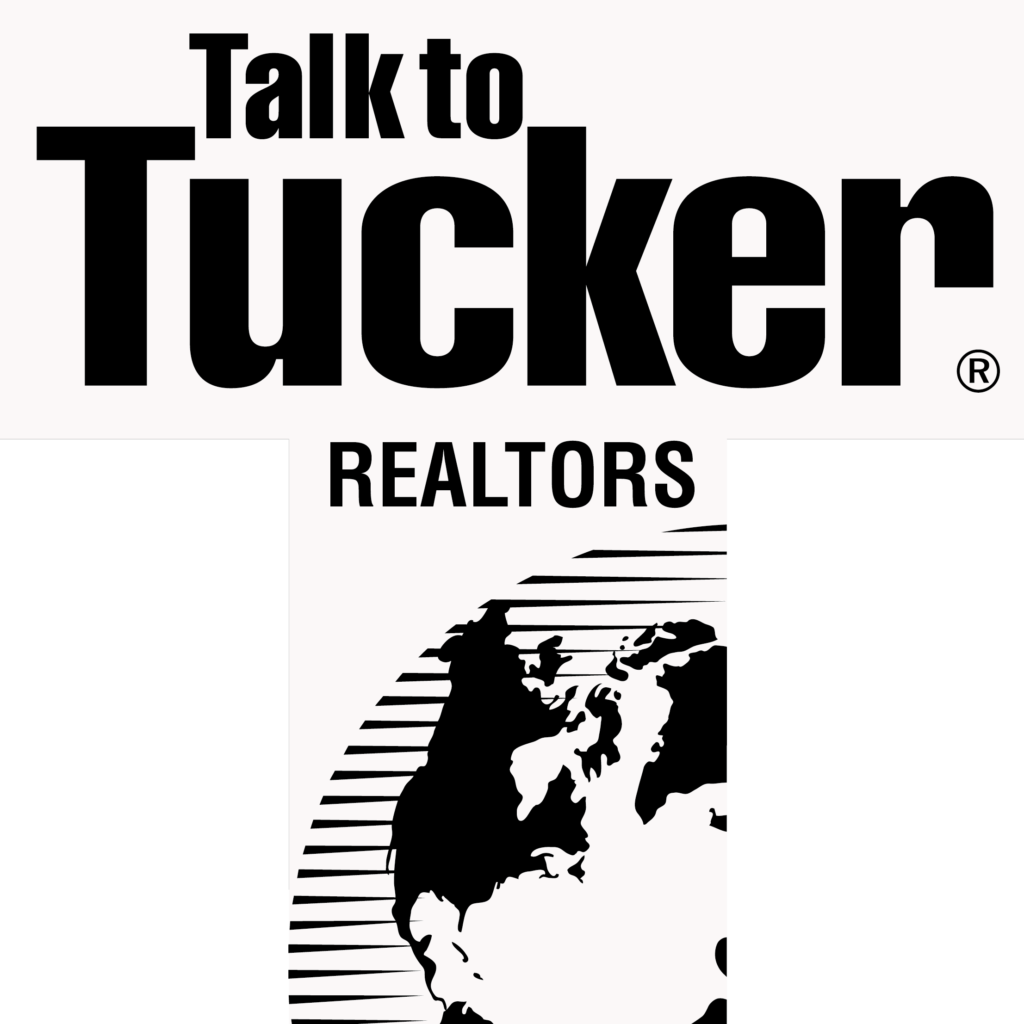
Not all industrial properties—and not all locations—are created equal. Whether you’re looking to buy, lease, or invest in industrial space, location is more than just geography. It’s about access, infrastructure, workforce, zoning, and long-term demand.
At Annie Scott Realty Group LLC, I advise clients to look beyond surface-level metrics and focus on strategic cities in Indiana where industrial space offers long-term value, stability, and growth. Here’s why I recommend certain markets over others—and what makes a city truly ideal for industrial investment or occupancy.
1. Proximity to Transportation & Logistics
Industrial space needs to move goods. That means easy access to:
- Major interstates (I-65, I-70, I-69)
- Railways and intermodal hubs
- Air cargo terminals and regional airports
- Distribution centers and trucking routes
Top Picks:
- Plainfield: Unmatched access to I-70, near Indianapolis International Airport, and home to some of the Midwest’s largest distribution facilities.
- Whitestown/Lebanon: Excellent I-65 access, growing labor pool, and development-ready land.
- Greenwood: Strong southside access to I-65 and a growing logistics corridor.
2. Business-Friendly Zoning & Local Support
Some cities make it easier to get projects approved, start construction, or convert use. I recommend cities with:
- Pro-industrial zoning policies
- Streamlined permitting and inspections
- TIF (Tax Increment Financing) districts or other development incentives
- City officials familiar with industrial investment needs
Top Picks:
- Noblesville: A rising destination for light manufacturing and flex industrial, with a responsive planning department.
- Lebanon: Home to the LEAP Innovation District and active economic development leadership.
- Anderson: Affordable, with legacy industrial infrastructure and room for large-scale users.
3. Access to Labor & Housing
Industrial tenants—and their success—depend heavily on workforce availability. I prioritize cities that offer:
- Proximity to workforce housing
- Local training programs or trade schools
- Good commuting routes or public transit
- Lower turnover risk due to stable demographics
Top Picks:
- Greenfield: Affordable cost of living, skilled labor base, and good school systems attract long-term residents.
- Elwood & Alexandria: Ideal for low-cost warehousing and manufacturing with access to rural labor pools.
- South Indianapolis (Decatur Township): Offers a mix of urban access and suburban workforce appeal.
4. Available Inventory & Development Potential
Some cities are already built out, while others have available land or underutilized industrial stock ripe for redevelopment. I guide clients toward cities where:
- Land is available at competitive pricing
- Existing buildings can be repositioned for higher rents
- There’s room for build-to-suit or expansion
Top Picks:
- Fishers (Northeast corridor): Limited space but high demand means premium value for the right site.
- Fortville & McCordsville: Emerging edge markets with space to grow and strong regional demand.
- Anderson & Muncie: Value-driven opportunities for buyers priced out of the Indy metro core.
5. Long-Term Growth Trends
The best industrial investments are forward-looking. I study each market’s:
- Population trends
- Infrastructure investments
- Business relocations or major employers
- Regional logistics shifts
Top Picks for Future Growth:
- Westfield: While known for residential, it’s quietly positioning itself as a small-scale flex and light industrial player.
- Lebanon: With planned tech parks and state investment, it’s becoming a strategic industrial corridor.
- Franklin & Columbus: Steady job growth and a strong mix of logistics and manufacturing employers.
Why I Don’t Recommend Some Cities (For Now)
While every city has its strengths, I’m cautious about:
- Areas with underperforming industrial absorption
- High property taxes that erode returns
- Municipalities with zoning resistance or slow permitting
- Older industrial corridors without a plan for modernization
These factors don’t rule out a market entirely—but they do require careful vetting. My role is to protect your investment by helping you avoid markets that could limit appreciation or tenant retention.
Final Thoughts
Industrial real estate continues to be one of the most resilient and rewarding sectors—but success depends heavily on where you invest or operate. My city recommendations are based on current data, on-the-ground insight, and long-term viability.
At Annie Scott Realty Group LLC, I specialize in guiding clients toward industrial opportunities that fit their goals—whether you’re an investor, developer, or business owner looking for space that supports growth.
Let’s talk about your next industrial move—and find the right city to make it happen.
Photo Credit: Luxury Presence
Sources:
- Indiana Department of Workforce Development
- CoStar Industrial Market Reports
- Indy Chamber Economic Development
- Local zoning and planning commissions
- IEDC (Indiana Economic Development Corporation)

